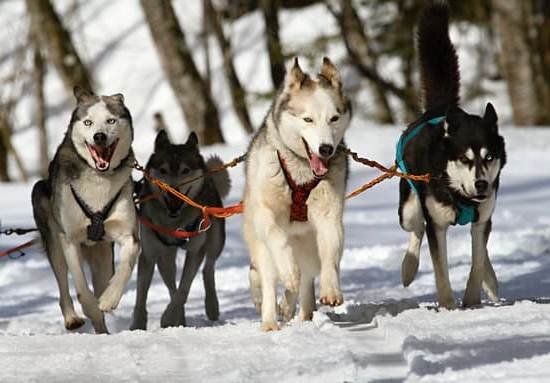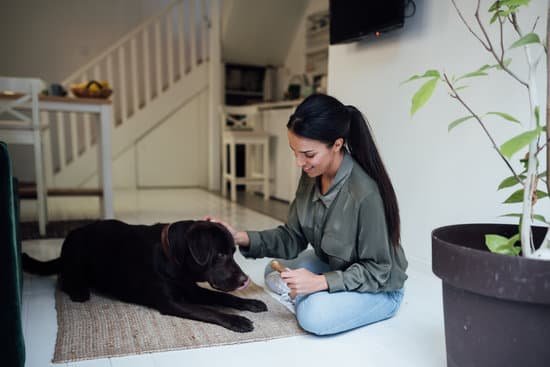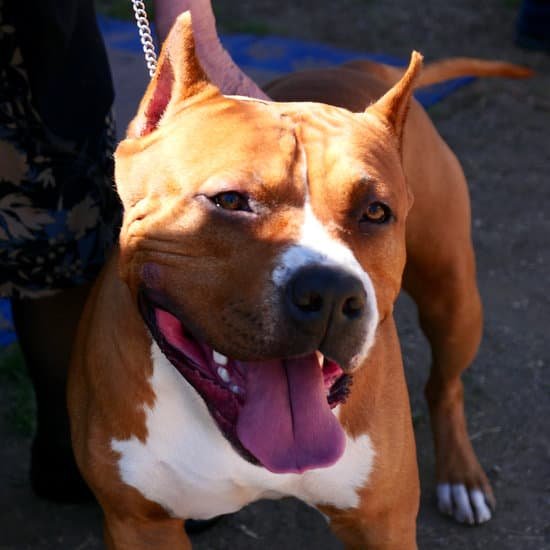?
Training a therapy dog is a process that begins with basic obedience commands and progresses to tasks that the dog will need to perform in a therapy setting. The most important factor in training a therapy dog is Positive Reinforcement. rewards such as treats, petting, and verbal praise must be given immediately after the desired behavior is exhibited in order for the dog to understand what is being asked of it.
The obedience commands that are typically taught to therapy dogs include sit, stay, come, down, and heel. These commands can be taught in a variety of ways, but it is important to be consistent with the method you choose. One popular method is to use a clicker to mark the desired behavior and then give the dog a treat.
Once the dog has learned the basic obedience commands, you can begin to teach it specific tasks that it will need to perform in a therapy setting. These tasks might include bringing a toy to a child, lying down next to a patient’s bed, or sitting quietly next to someone who is talking. It is important to start with tasks that the dog is comfortable with and can easily master. As the dog becomes more comfortable with the tasks, you can gradually add more difficult ones.
It is also important to socialize your therapy dog so that it is comfortable interacting with people of all ages and backgrounds. This can be done by taking the dog to places where it will encounter lots of people, such as a park, a busy street, or a shopping mall. The more people the dog meets and interacts with, the more comfortable it will be in a therapy setting.
Training a therapy dog is a process that takes time and patience, but the benefits of having a well-trained therapy dog are worth the effort. A well-trained therapy dog can provide comfort and support to people in need, and can bring joy to everyone it meets.
Training A Therapy Dog
Training a therapy dog can be a very rewarding experience. Not only do you get to have a loyal friend by your side, but you also get to help make a difference in the lives of others.
There are a few things to keep in mind when training a therapy dog. First, you need to make sure that your dog is comfortable and confident in social settings. This means training your dog to be relaxed and social around other people and dogs.
Second, you need to make sure that your dog is well-behaved. This means teaching your dog basic obedience commands such as sit, stay, come, and down. It is also important to teach your dog not to jump on people, bark excessively, or beg for food.
Third, you need to make sure that your dog is physically fit and healthy. This means regular vet check-ups and proper nutrition.
Once you have a well-trained and healthy therapy dog, you can start volunteering with local hospitals, nursing homes, and other social service organizations.
Therapy Dog Trainer
I am a therapy dog trainer. I work with dogs who have been certified as therapy dogs and their handlers to provide visits to places like hospitals, nursing homes, and schools.
I love working with therapy dogs because they are so patient and loving. They make a great difference in the lives of the people they visit. They can brighten up a person’s day and make them feel loved and cared for.
I enjoy working with handlers too. It is great to see the bond between the handler and the dog. I help to improve that bond and help the handler to better understand their dog.
I have been working with therapy dogs for many years and I love it. It is a great way to help people and dogs connect and to make a difference in the world.
Training Therapy Dogs
is a process that can take years of hard work and dedication. It is not simply a matter of taking your dog to a training class and having them become a certified therapy dog. There is a lot of work that goes in to preparing both the dog and the handler for this type of work.
The first step in training a therapy dog is to create a bond between the dog and the handler. This bond is essential for the success of the therapy dog team. The dog must trust and respect the handler in order to obey their commands and behave appropriately in public. The handler must also be able to read the dog’s body language and respond accordingly.
The next step is to teach the dog basic obedience commands. The dog must be able to sit, stay, come, and heel on command. They must also be able to walk calmly through a crowd and not be distracted by people or other dogs.
The final step is to train the dog to perform specific tasks that will be useful in a therapy setting. Dogs may be trained to help people with disabilities, provide emotional support, or help with basic tasks such as opening doors or bringing objects to people.
Once the dog has been trained to the handler’s satisfaction, they can be certified as a therapy dog. Certification typically requires passing a test administered by an accredited organization such as the Therapy Dogs International (TDI).
Training a therapy dog is a challenging but rewarding process. It takes a lot of hard work, patience, and dedication, but the end result is a dog that is able to make a difference in the lives of others.
How To Buy A Trained Therapy Dog
There are many things to consider when purchasing a trained therapy dog. The first step is to decide what type of therapy dog you would like. There are many different types of therapy dogs, such as service dogs, emotional support dogs, and therapy dogs. Each type of therapy dog has different benefits and is suited for different types of people.
The next step is to find a reputable therapy dog organization. There are many different organizations that provide trained therapy dogs. It is important to research different organizations and make sure that they are reputable and have a good reputation.
The final step is to select a dog that is the right fit for you and your family. It is important to select a dog that is friendly, good with people, and has a good temperament. It is also important to make sure that the dog is the right size and has the right energy level for your needs.
A trained therapy dog can provide many benefits to people in need. They can provide comfort and support to people who are struggling emotionally, they can provide assistance to people who have disabilities, and they can provide companionship to people who are lonely. A trained therapy dog can also help to improve the quality of life for people in a variety of settings, such as hospitals, nursing homes, and schools.
If you are considering purchasing a trained therapy dog, the first step is to decide what type of therapy dog is right for you. The next step is to find a reputable therapy dog organization. The final step is to select a dog that is the right fit for you and your family. A trained therapy dog can provide many benefits to people in need.

Welcome to the blog! I am a professional dog trainer and have been working with dogs for many years. In this blog, I will be discussing various topics related to dog training, including tips, tricks, and advice. I hope you find this information helpful and informative. Thanks for reading!





